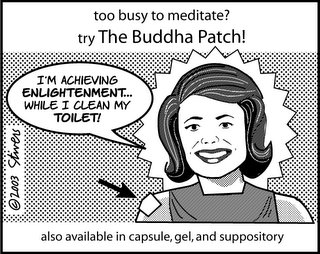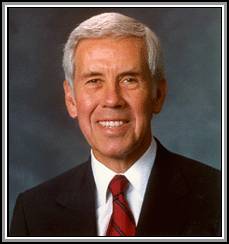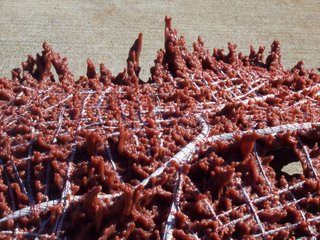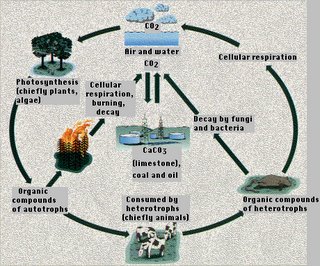
Image above courtesy
Pruned, it's Shusaku Arakawa and Madeline Gins'
Site of Reversible Destiny It was an idealistic post-fair weekend, and I was having so much fun looking at other people's railing against cold reality that I didn't have much to say.
Edward Winkleman,
Jerry Saltz and
Art Soldier raised a fist against Tobias Meyer's hucksterism. Restore art's virtue from without!
Perhaps more interesting is Edna V. Harris' digestion of Barbara Pollack's latest tract. Why aren't there more political artists? Edna asks artists to pony up here:
The Rules of ReengagementChange from without, change from within... talk about change makes me stand up a little straighter, walk a little faster. What I have digested so far:
Political art sucks because it closes doors instead of opening them. But there is a huge tract of open space between agitprop and the playground of the super-rich. I am envisioning a big meadow where art doesn't have to make sense, but does have an opportunity to foster understanding, make connections, reframe problems as solvable. It doesn't have to be strident, have a slogan, be cute or goth or clever or pander to a market.
Idealism only makes so much sense. How does one manage to be a knowing idealist? For some reason all this talk about Meyer stuck in
my craw, perhaps because I have worked sales jobs and know that people really will pay good money for this experience that Meyer so crassly describes, and that for some reason they need it. People are often ugly and want ugly things. Saltz is right on the money when he describes art auctions as "bizarre combinations of slave market, trading floor, theater, and brothel." I have witnessed exactly this kind of excess and this kind of missing the point of something beautiful working as a fine dining waiter. But is it
useful for artists to excoriate rich people who are divorced from pleasure-seeking on its own terms and require these downright Roman displays of excess in order to fill the holes in their bellies?
And is it wrong to exploit that disconnect, ie go for that bra-less look and jump into the fray? After all, these people can afford it...
For now, I vote that it is not useful to pillory the market and its fetishizing, sugarmouthed orgiastic cakefest, nor is it okay to exploit it because it is distasteful and rich people have to spend their money on something. All 7.5lbs of
my cultural weight is going to turn around and ignore all this gyrating madness. I think there's something better out there.
Idealism makes more sense when it comes to figuring out how to deal with things you can control. It's just angry-making to rail against the Tobias Meyer scene. What am I going to do in my studio today? How am I going to start paying off my student loans? How can I make a difference?
These are questions that are worth being idealistic about, because they come out of
my house.
The ultimate problem is that we live in a really puritanical and lack-oriented culture that loves to react violently to what it perceives as missing or wrong. You know how sometimes your friend just needs to complain, and gets mad when you try to point out solutions? I don't know as there's any fertile ground on that field I laid out paragraphs above. But hey, if it turns out to be a deserted wasteland, that would be something interesting to report.

























